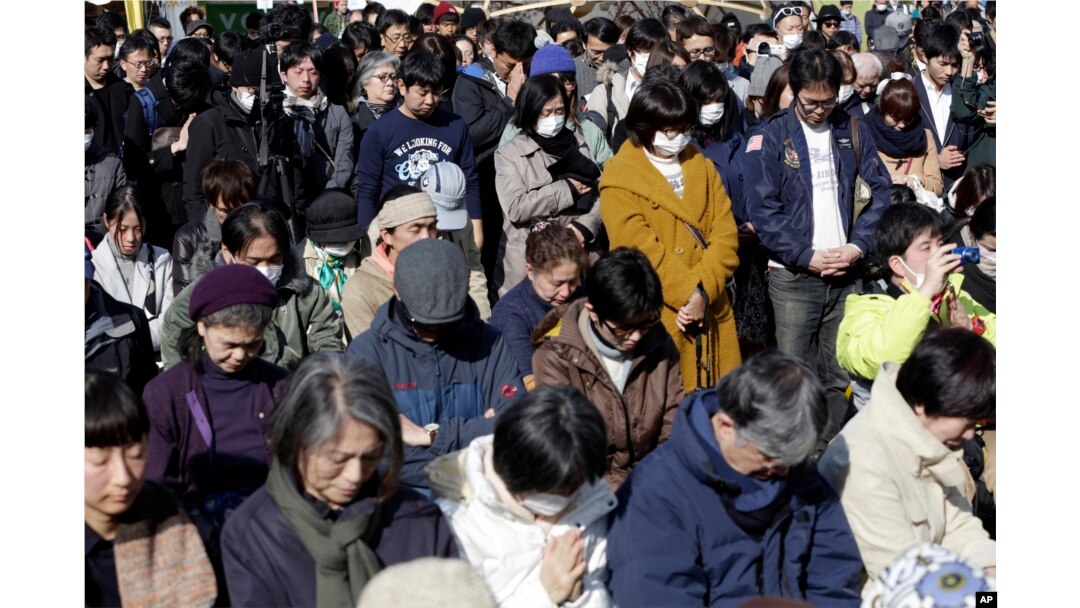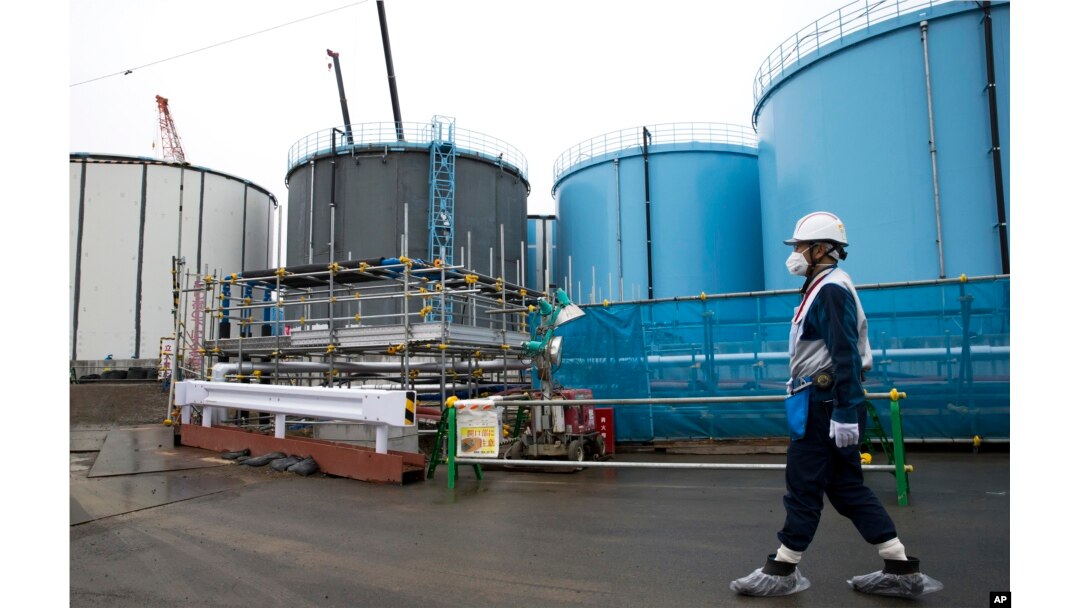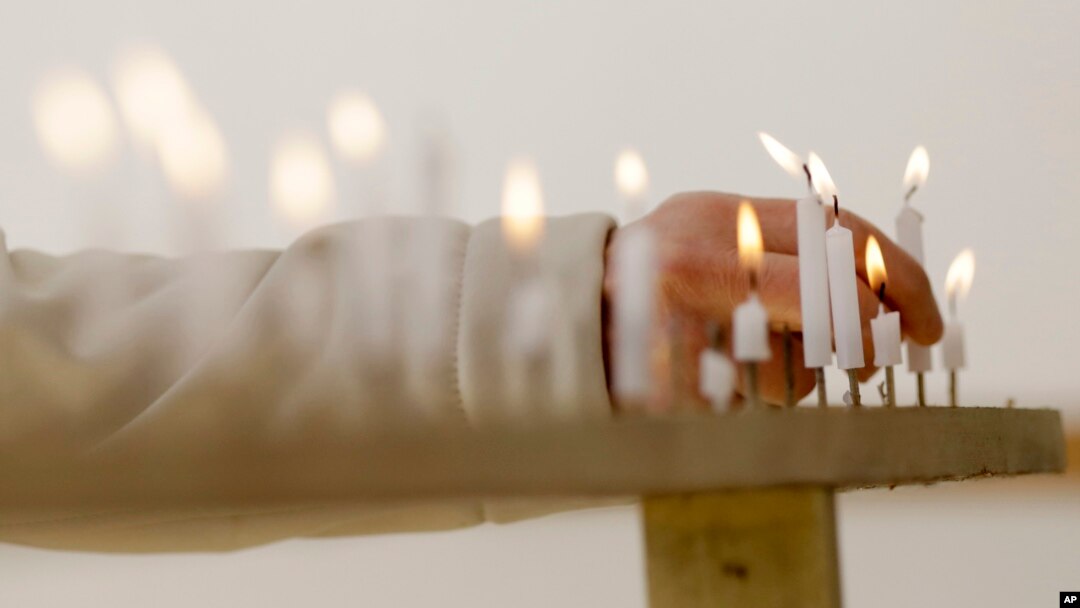Six years ago, more than 18,000 people died or went missing as a tsunami triggered by a massive quake engulfed coastal areas of northeastern Japan. The lives of tens of thousands more people were unraveled when they lost family members, friends, homes and livelihoods. The displacement widened as entire communities fled after meltdowns at the Fukushima Dai-Ichi nuclear plant.
Japan is marking the anniversary of the disaster Saturday with somber ceremonies in Tokyo and in cities and towns in the northeast. Most of the towns devastated in the March 11, 2011, disasters have only partially rebuilt, and local authorities are struggling to finance construction. Meanwhile, despite an abundance of jobs thanks to the rebuilding, the population in most of the region is falling.

People mourn the victims of the March 11, 2011, earthquake and tsunami during a special memorial event in Tokyo, March 11, 2017.
Here are some measures of progress in Japan’s recovery:
RECONSTRUCTION: The government spent 26 trillion yen ($220 billion) in recovery and rebuilding from 2011-2015, but is set to slash that to 6.5 trillion yen in 2016-2020. Reconstruction has been hampered by a shortage of workers, and while much of the public housing planned to replace destroyed homes has been finished, about a fifth of the units stand empty.
DISPLACED FAMILIES: As many as 150,000 people fled radiation-affected areas near the Fukushima Dai-Ichi nuclear plant. As of February, 123,000 were still displaced. Housing subsidies for so-called “voluntary evacuees,” those who left areas not designated as evacuation zones, are scheduled to run out by the end of March. Japanese media say some of those families have struggled to find new housing.

Employee walks past storage tanks for contaminated water at the tsunami-crippled Fukushima Dai-ichi nuclear power plant of the Tokyo Electric Power Co. in Okuma town, Fukushima prefecture, Japan, Feb. 23, 2017.
THE NUCLEAR PLANT: Tokyo Electric Power Co. is struggling to decommission the wrecked plant and the estimated total cost exceeds 21 trillion yen ($182 billion). Cleanup of nearby areas has lagged, and radiation levels remain high. The cost of that cleanup has reportedly almost doubled to 4 trillion yen ($35 billion). TEPCO officials say radiation is not leaking outside of the reactors.
FISHERIES: Many of the seaside towns in the disaster zone relied heavily on fishing and aquaculture. Data from Iwate prefecture, one of the hardest-hit areas, shows harvests of salmon and oysters at 40 percent of the level when the tsunami hit. Other industries, such as sea urchin and abalone, have recovered to about 80 percent of normal. The region’s fisheries still employ about 14,000 people, but that’s down from about 18,000 in 2010.
THE MISSING: As of Friday, 2,553 people are still missing, and occasionally teams still search the coastline for signs of their remains. What is also missing are the many close-knit fishing hamlets and waterfronts in areas that were scoured bare by the tsunami, where only foundations remain.


